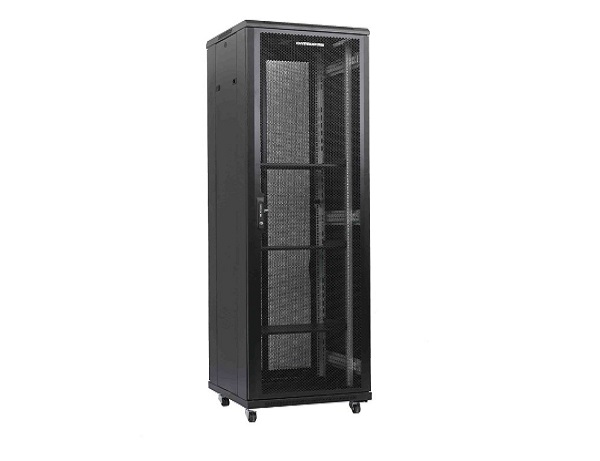News
Site Editor
 Site
https://leonetworkgroup.usa18.wondercdn.com/uploads/image/5fe152faa587d.png
RF cables are used for the transmission of radio-frequency signals, and they are commonly used in various communication systems. The performance of these cables is critical, as they can affect the quality of the signals transmitted through them. One of the crucial factors that determine the performance of an RF cable is the cable loss.Cable loss is the attenuation of signal power as it travels thr
Site
https://leonetworkgroup.usa18.wondercdn.com/uploads/image/5fe152faa587d.png
RF cables are used for the transmission of radio-frequency signals, and they are commonly used in various communication systems. The performance of these cables is critical, as they can affect the quality of the signals transmitted through them. One of the crucial factors that determine the performance of an RF cable is the cable loss.Cable loss is the attenuation of signal power as it travels thr
How To Test Rf Cable Loss
Views: 570
Author: Site Editor
Publish Time: 2023-07-13
Origin: Site
RF cables are used for the transmission of radio-frequency signals, and they are commonly used in various communication systems. The performance of these cables is critical, as they can affect the quality of the signals transmitted through them. One of the crucial factors that determine the performance of an RF cable is the cable loss.
Cable loss is the attenuation of signal power as it travels through the cable due to various factors such as conductor resistance, dielectric losses, and skin effect. To ensure that the performance of RF cables does not deteriorate, regular testing of cable loss is needed. Here are some methods for testing RF cable loss:
1. Time-Domain Reflectometry (TDR)
TDR is a popular method used to test cable loss. The technique involves sending a signal pulse through one end of the cable and measuring the time it takes for the reflected pulse to return. TDR provides a graph of the cable's signal reflection coefficient, which allows you to determine the cable's impedance and loss per unit length.
2. VNA Sweep Test
VNA (Vector Network Analyzer) testing involves two ports, one for the transmission of the signal and the other for receiving it. VNA sweep testing measures the cable's S-parameters, which indicate the cable's signal loss and phase shift over its frequency range. VNA testing is an accurate and sensitive method of cable loss testing, but it requires specialized equipment and expertise.
3. In-circuit Testing
In-circuit testing is a method where the cable is connected to an active circuit that generates a known signal. The signal transmission and attenuation are then measured using a spectrum analyzer or oscilloscope. This testing is done to check the cable's performance in a practical environment, rather than a controlled environment.
4. Ring Test
The ring test is an easy and quick method to check for cable loss. The cable is looped back to itself to form a ring, and a low-frequency signal is transmitted through it. The signal is then measured, and the loss is calculated by comparing it with the expected signal. This method is not as accurate as the others, but it can detect severe cable loss.
It is essential to test the cable loss periodically to ensure that the RF cable's performance is not affected. The above methods are the most commonly used methods for testing cable loss, and each has its advantages and disadvantages. By testing the cable loss, you will know the quality of the signal transmitted through the cable and ensure that it meets the required standards.
If you want to know more about industrial network cabinet,china fiber optic splice closure,china fiber optic distribution box,please consult the fiber optic splice closure factory








